Porch flooring
Whether you’re starting from scratch or giving an existing porch a facelift, flooring is a crucial consideration.
There is no shortage of porch flooring designs, but you should give careful consideration before making a final decision.
A porch needs to be both comfortable and attractive. It adds visual interest to the exterior of the house and serves as a focal point.
Thus, the porch may have substantial economic consequences.
When the appropriate front door is paired with an attractive porch, it can be a deal-maker.
However, if the porch has unsuitable flooring, prospective buyers may be dissuaded even before entering the house. There is also the problem of durability.
Porch flooring can range from exceedingly durable (concrete, brick, or stone) to relatively low-maintenance (wood).
Expenses should be taken into account as well. Although blue stone is fairly pricey, it provides an opulent appearance that will last for many years to come.
Although it is long-lasting and relatively inexpensive, composite decking can’t compare to the natural beauty of wood.
Staining real wood makes it inexpensive and full of character, but it also requires regular upkeep. Choosing porch flooring might be difficult.
There is also the problem of durability. Porch flooring can range from exceedingly durable (concrete, brick, or stone) to relatively low-maintenance (wood).
Expenses should be taken into account as well.
Although blue stone is fairly pricey, it provides an opulent appearance that will last for many years to come.
Although it is long-lasting and relatively inexpensive, composite decking can’t compare to the natural beauty of wood.
Staining real wood makes it inexpensive and full of character, but it also requires regular upkeep. Choosing porch flooring might be difficult.
- Best Plywood for Flooring
- All About of Pavers | What Are Pavers | Types of Pavers and Cost | How Much Do Pavers Cost Without Installation
- All About Color Shutters Go with Red Brick | What Color did Shutters Go with Red Brick | Shutters Create Contrast
- What Color Rug Goes with Grey Couch?
Types of Porch flooring
Only a select few types of porch flooring are truly worthy of consideration, and we’ll go over those in detail below.
Which one you pick depends on your aesthetic preferences, your budget, the architectural style of your home, and whether you want masonry, wood, or composite.
Natural Stone Porch Flooring
Stone is costly because of its high material and labor costs, but its beauty and durability are undeniable.
The extra work involved in laying both the floor and the foundation of a stone porch adds up to a higher price tag.
Cement grout was used to install the floors seen above on top of a very strong compacted base.
An experienced mason is needed for this arduous task.
Stone floor installation has always been a pleasant way to spend a day.
I enjoy the challenge of assembling a puzzle from disparate parts. A lot of it is like piecing together a puzzle. On the other hand, laying the groundwork is a very different story.
The footings and walls of the foundation must be made of block or concrete.
Installing a stone porch over a concrete slab is an additional costly and time-consuming step.
Stone flooring can be expensive, so it’s best to use it only for entryways or on very tiny porches.
There is no low-cost way to accomplish this.
However, if you have the funds, it is a terrific flooring choice for the entry porches, which serve as a focal point as visitors enter and exit the building.
Front Porch Flooring Over Concrete
Rather than settling for the standard concrete, a stone porch floor is a step up in both style and durability.
Thin slices of genuine stone can be purchased and installed as flooring. It’s simple to set up, just like tiling.
Cement and grout are what set natural stone apart when laid on concrete.
Real stone is set in cement, not a thin layer of thin-set. Because natural stone is rarely perfectly smooth, the cement required is much heavier than when working with tile.
There are numerous holes and inconsistencies that need to be addressed. Real cement is required to fill the gaps since the grout lines are much larger and uneven.
Genuine stone flooring has many advantages over concrete, one of which is the relative ease with which stone may be sculpted.
To get the forms you require, a rock hammer can be used instead of a knife.
If the porch is already made of concrete, installing stone flooring over it is not too expensive. If you have a concrete porch and want to update it, the stone is a terrific option.
Although the stone is still costly, the concrete foundation has already been paid for.
Pick out the perfect hue and form for the house’s stones. Here’s a pro tip: when renovating a front concrete porch in preparation for a property flip, this is one of my favorite approaches.
Since the concrete foundation has already been poured, adding stone to the structure will not significantly increase the price. This is why the return on investment is so high.
Covered Front Porch Stone Flooring
Covered front porches benefit greatly from stone slabs laid atop concrete. Stone flooring over the concrete porch is nearly impervious to water because of the porch’s sturdy build.
If the porch is constructed correctly and any holes are sealed with cement, then the house will be safe from rain.
Even if the porch is covered, rain can still make its way onto the surface. Despite the presence of a roof, water can still be blown onto the porch and even into the house.
A porch floor that is not damaged by rain, snow, and ice is a must. The use of stone in place of concrete is ideal in this situation.
If you want to keep water out of your house and have a stone porch over concrete, you need to do two things.
1. Slope: Create a gentle downward slope from the house to the porch floor. The solidness of the ground prevents any seepage of water. Therefore, water will run in the direction that the floor is tilted. Verify that it is tilted away from the home.
2. Seal: Seal the area where the porch joins the house to prevent water infiltration. The natural joint between the two pieces of rock will be filled with concrete, but the concrete will eventually split. Keep it tightly sealed at all times to prevent water from entering and possibly damaging your home’s foundation.
The use of silicone or tubed cement would be ideal here. Covered front porches with a stone-over-concrete floor are attractive and durable if they are constructed properly.
Blue Stone Porch Flooring
Putting a blue stone floor on your porch is a great idea. The actual stone used in its construction is extremely long-lasting.
A siding color that complements its natural earth tones and bluish hues would look great on it.
The lack of smoothness on its surface when wet also makes it suitable for use as an outdoor flooring material.
Due to widespread mining in states like Pennsylvania and Virginia, the United States is stocked with plenty of blue stone.
Because it doesn’t have to come from overseas, this helps keep prices down. With its high resistance to moisture and temperature changes, the blue stone is an excellent choice for a porch floor that is exposed to the elements year-round.
It is widely used on the East Coast. It is a traditional style for Hamptons houses.
Like a brick porch, a blue stone porch typically consists of a footing, walls, and a soil or concrete central slab.
Bluestone, like pavers, can be cemented into place or laid directly on a sand base. Cement grout lines are my preferred technique of installation.
The regularity of the blue stone’s shape and the sharpness of its cut edges are two of its best qualities.
Finished like this, it looks just like tile. Only this one is 100% all-natural.
As for porch flooring, the blue stone is my absolute favorite.
I think it’s worth it if you can afford it and the blue goes with your decor.
Blue Stone Pavers
Some blue stones are imitations, just like bricks and other natural stones.
Unlike genuine blue stone, blue stone pavers are far more affordable. Its appearance won’t deceive anyone.
It’s not quite the same as genuine blue stone, but it looks very similar and costs a lot less.
Due to the paver’s construction, it can be set into a cement base and grouted or sanded.
The fact that it is prefabricated into standard square and rectangle shapes facilitates assembly and setup.
Moreover, it is sold by certain producers in precise shapes meant to be assembled into patterns. Not having to manually shape the stone is a huge time saver during installations.
If you’re looking for the elegance of natural blue stone but can’t afford it, pavers are a great alternative.
Concrete Porch Flooring
Concrete makes for an excellent porch flooring alternative. A porch with its traditional flooring has been a popular choice for at least a century.
There is a wide variety of options to choose from when working with concrete, which gives it a very modern, clean aesthetic.
Most people just let the concrete age naturally and polish it with a trowel. Concrete can be stained or stamped to provide a new appearance.
Concrete can be given a textured appearance and feel with the help of additives that can be put on the surface as it dries.
Troweled finishes don’t require this texture, but we frequently employ it on stamps due to the surface’s tendency to become slippery when wet.
Concrete can be stained and stamped to mimic the look of more expensive materials like stone, brick, or tile.
If your porch is exposed to the weather, whether it’s open or covered, concrete is a fantastic material choice. Make sure the porch is slanted away from the house and all cracks or gaps are fixed, just as you would if you were laying stone flooring over concrete.
While concrete porch flooring is more affordable than masonry, it still can’t compare to the cost of constructing a new front porch.
Modern Concrete Front Porch Flooring
Concrete is a great choice for a front porch floor if you’re going for a more contemporary look.
It can be left in its natural state, colored, molded, or stamped. Concrete flooring is regarded as a flexible material due to the wide variety of alternatives available.
Cast concrete is used for everything down to the wall tops.
The best material for a porch floor is unfinished or stamped concrete. It’s a fashionable, low-priced take on the contemporary appearance.
Porch wall construction, footings, and backfill added a significant sum to the total price.
While more expensive materials like stone, composite decking, and even some types of wood are sometimes used for porch flooring, the concrete floor itself is quite inexpensive.
Additionally, I think the concrete might benefit from a little bit of texture. It’s possible to prevent the concrete from becoming a mud pit after a rainstorm by adding an addition to the mix before it’s poured.
It’s important to avoid anything that could become dangerously slippery in the rain, as the porch is located outdoors. Concrete’s ease of heating is another plus.
In order to keep your concrete front porch toasty, you may install either an electric or hot water slab heating system.
These can’t be used on wood or composite decking, and due to the thickness of stone over concrete, they’re not a great fit for that surface either.
Even without a concrete slab, it functions just as effectively with stone over compacted earth.
Red Brick Porch Flooring
A brick floor is a timeless and elegant choice for a porch. Also, a personal favorite.
I was raised in a city where every porch and step was constructed of brick, and I’ve always been a fan of the style.
They’re one of the few types of flooring that can compete with the warmth and allure that they provide. Not to mention, you may wear this style with many different looks.
Brick flooring looks great in every style of the house, from Colonial to Ultra Modern.
A classic material, brick never goes out of style. The bricks are laid on top of a cement slab foundation. They are set individually in a cement bed and grouted.
Brick flooring is not cheap because of the time and effort required to lay each individual brick.
A solid base is essential for laying bricks. You can’t build anything without a concrete foundation, brick walls, and a cement slab. If the foundation shifts, the mortar between the bricks and the wall will crack.
Because of the wide variety of brick types and colors available, brick may be used to create any desired aesthetic. Above, you can see the red, tumbling bricks used for the porch and the thick, white cement grout. It helps to create an authentic country feel on the porch.
Bricks can be found in several hues, some of which include tan, white, brown, and even red. It’s also worth noting that there’s a wide range of variation within each color.
Not all red bricks are fire engine red; some are barely colored at all.
The flexibility of your porch floor can be further expanded by laying the bricks in a variety of designs. A common option is a herringbone.
Porch Flooring and Foundation
An excellent porch construction always begins with a firm footing.
A porch is an extension of your home, therefore like the house itself, it needs to be built on a solid foundation.
The kind of porch base you’ll need depends on where you reside and where you plan to build.
For instance, a home constructed on a steep incline typically needs foundation piers, which must be developed not only for porch load but also for local temperature, soil, and geologic conditions.
These concerns need to be resolved before you choose and install a foundation for your porch.
Porch Flooring Planning Advice
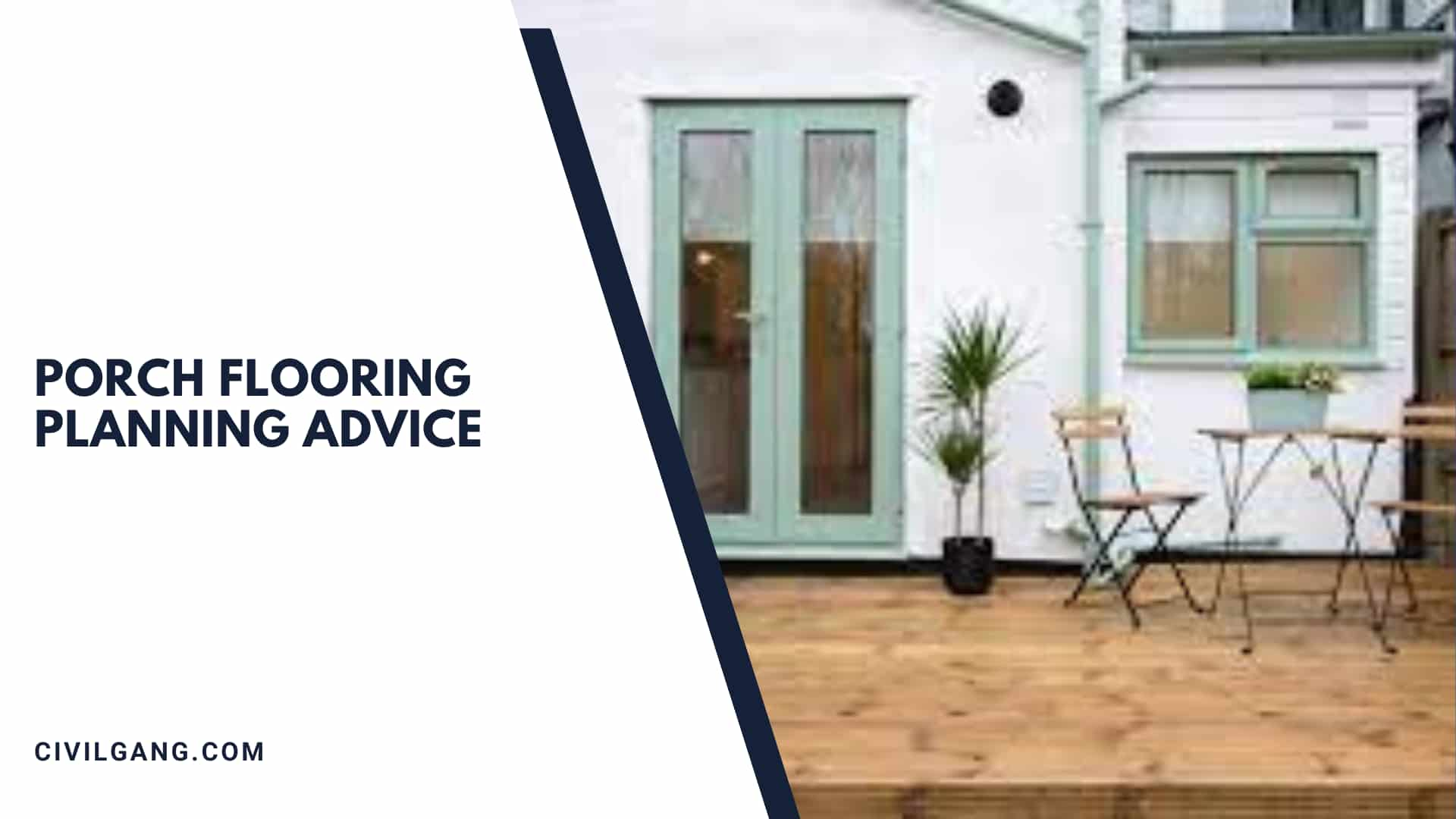
To prevent mildew and rot from forming under your porch, use lattice skirting or decorative vents.
The use of hardware cloth or mesh behind the lattice as rodent screening can be effective, depending on the height of your porch. Prime all surfaces, including the cut edges, and install vents in the top and bottom of your porch’s columns and newel posts.
Flooring
Also crucial is the porch flooring you select.
You’ll want a porch floor that can withstand the elements, looks good with your house and serves as a stunning backdrop.
Wood, composite flooring and decking, brick, stone, concrete, and ceramic tile are all viable options for a porch that is exposed to the elements.
What you want your porch to look like, where you want to put it, and what kind of foundation you have all play a role in determining the best floor for your porch.
Different materials have different benefits and drawbacks, so it’s important to/ find one that suits your porch’s needs.
Think about these factors while deciding on a patio floor:
The conventional material for a porch floor is natural fir, but cedar, mahogany, and Brazilian Ipe are all viable substitutes.
Mixing wood or placing boards in an interesting arrangement can give interest and texture to your porch floor.
Follow the manufacturer’s directions when installing and caring for wood-free composite floors or composite tongue-and-groove flooring manufactured from wood fibers and plastic resins to ensure a long-lasting floor with a natural wood “appearance” that requires less upkeep.
Water-resistant masonry floors, such as those made of brick, stone, or tile, are a popular option, but they can be heavy enough to require extra support on porches with a higher elevation.
You can also use poured or pressed concrete.
You can give your porch floor color or design by using high-quality paints made specifically for concrete.
Advantages and Disadvantages of Concrete, Pavers, Stone, and Wood as Porch Building Materials
A porch is a worthwhile addition to any house. Short-term, it enhances the pleasure of spending time in your home’s outdoor area. It raises the worth of your home in the long run.
As the primary factor in most homeowners’ decisions, money should be taken into account while deciding on the porch’s construction material.
Natural stone is the most expensive material, while concrete is the cheapest.
Alternatives such as pavers, a wood porch, and composite boards can be found in between.
In this article, we’ll compare the benefits and drawbacks of many popular outdoor flooring options so you can make an informed choice for your house.
Concrete
There are several materials to choose from, but concrete is by far the most common.
Despite its bland appearance, which can be attributed to the lack of design alternatives, concrete is a versatile material that can be used in practically any residential setting.
In addition, the resulting contrast improves the aesthetic appeal of patio sets.
Pros of concrete:
The low cost is concrete’s primary benefit.
It’s the cheapest option for a patio or deck. When concrete is correctly poured and cured, it has resilience and a lifespan that are unmatched by most other building materials. Furthermore, it needs very little upkeep.
Cons of concrete:
Exposure to repeated freeze-thaw cycles increases the likelihood of cracking in poured concrete. Once frozen, water expands.
Any water that gets into the concrete and then freezes will eventually melt, but the ice crystals that formed will weaken the material more with each thaw.
Although cracks in concrete can be filled, the repair is often visible.
Pavers
Pavers are more expensive than concrete but less than the most expensive options. On the other hand, they provide a lot more leeway for homeowners to create the unique looks they’ve always dreamed of.
Pros of pavers:
Infinitely customizable in terms of size, form, and color, porch, patio, and outdoor walkway pavers are available in a wide variety of possibilities.
Examine combining them to make striking patterns.
Imagine a patio made of bricks arranged in a zigzag pattern with a straight border, or a round pool surrounded by a cobblestone-like paver path.
Pavers don’t get too slippery when wet, and you can lift them up and move them aside if you ever need to get under the surface.
Cons of pavers:
Pavers are more costly than concrete, as was previously indicated. Weeds growing in between the bricks, the pavers losing their color and uneven surfaces are also possible problems.
The good news is that issues like these usually indicate shoddy workmanship or subpar supplies.
Such problems are extremely unlikely to arise if the pavers are laid by a professional home builder or contractor.
Natural stone
Since ancient times, natural stone has been revered as the best material for use in the great outdoors.
Pavers produced from natural materials like bluestone, flagstone, or granite last a lot longer than those made from concrete or other synthetic materials.
Pros of natural stone:
The aesthetic value of the natural stone is its primary benefit.
There are numerous attempts by pavers to replicate its beauty, and some of them even succeed. However, nothing beats getting your hands on the actual deal.
Those who spend money on real stones obtain both aesthetic value and long-term reliability.
Cons of natural stone:
In comparison to other patio materials, natural stone is prohibitively expensive.
We must also consider the cost of upkeep.
After around 5-10 years, the mortar used between natural stone pavers typically cracks and needs to be repointed.
Wood porch
Most people, when they think of a porch, generally imagine it made of wood.
It can be used for many purposes, is simple to manipulate, and is available in many forms.
Decking that has been pressure treated, for instance, is more resistant to the elements. Cedar and redwood, for example, have excellent natural weather resistance but are somewhat more expensive.
Pros of the wood porch:
As a material for porches, wood is common and cheap. Both its cosmetic and structural qualities are solid.
Some people like the natural, unrefined aspect of wood, just as some people like the natural look of stone. You can paint it for a striking effect, or stain it to highlight the wood’s natural grain pattern.
Cons of the wood porch:
Wood decking is made from a natural resource, but it doesn’t always have a rustic appearance.
Wood can warp and bend when exposed to weather, just like concrete can crack. Additionally, upkeep like sealing is required. Some homeowners are also uneasy with the presence of chemical preservatives in pressure-treated decking.
Frequently Asked Questions (FAQs):
What Is the Best Flooring for a Screened in Porch?
Porcelain tile resists moisture better than ceramic tile, making it a good option for screened in porches. If you are building a screened in porch on top of a wood porch, your sunroom construction company will install a concrete board underneath the tile for support.
What Is the Best Material for a Porch Floor?
While natural fir is the traditional choice for a porch floor, good wood alternatives include cedar, mahogany and Brazilian Ipe. You can add interest and texture to your porch floor by mixing woods or laying boards in a creative pattern.
Does a Porch Add Value to a House?
Adding a porch enclosure can allow your home’s value to increase by 4-6% and could help your home standout among other listings to potential buyers.
Does Adding a Porch Increase Home Value?
Adding a porch enclosure can allow your home’s value to increase by 4-6% and could help your home standout among other listings to potential buyersGetting right to the bottom line, adding a porch will very likely increase your home’s value. As a homeowner, when it’s time to sell your home, you hope to recoup the money you spent to add a porch. Some sources say the average return on investment for a porch addition is around 84%.
Does Adding a Screened in Porch Add Value?
A porch is a great way to add livable square footage to your home. Though screened porches are typically not included in the appraised square footage of your home, they do add value.
Does Enclosing a Patio Add Value?
If there is an existing porch or covered patio space, consider enclosing it with either a screen room or sunroom, which can increase your home’s value and help protect guests from insects. Patio Enclosures will custom design and make an enclosure that is just right for you and your home.
Does an Enclosed Porch Add Value?
On average, you can expect about an 84% return on investment for a screened room addition. If your screened porch investment is $20,000, you will see an average return of $16,800.
How Much Does a 12×12 Screened in Porch Cost?
How much does a 12 x 12 screened in porch cost? Since most screened in porches cost between 140 and 165 dollars per square foot, a 12 x 12 porch would likely cost between $20,000 and $24,000.
How Much Does a 14×20 Deck Cost?
| Size | Pressure-treated wood Average cost per sq ft | Composite decking Average cost per sq ft |
| 12×12 | $936 | $2,016 |
| 12×20 | $1,560 | $3,360 |
| 14×20 | $1,820 | $3,920 |
| 16×16 | $1,664 | $3,584 |
What Is the Best Concrete Leveler?
- Best Overall Self-Leveling Underlayment—Rapid Set CTS Concrete Leveler. …
- Best Self-Leveling Concrete for a Concrete Floor—Quikrete High-Performance Cement FastSet Self-Leveling Floor Resurfacer for Ceramic Tiles. …
- Best Self-Leveling Concrete for a Flat Surface—HENRY 565 FloorPro.
How Much Does a 20×20 Composite Deck Cost?
| Composite Deck Quality | Cost Per Square Foot Installed | Average Total Cost |
| Entry-Level Composite Deck | $20 | $5,821 |
| National Average Cost | $28 | $8,064 |
| Premium Composite Deck | $38 | $10,826 |
What Adds More Value to a Home a Deck or Patio?
Both a deck and a patio offer an impressive resale value. However, patios are usually less expensive to put in and their resale value sits at 100%—which is slightly higher than the 76% resale value of a deck.
How Can I Cover a Concrete Floor Cheaply?
8 Cheap Options For Covering Concrete Floors
- Concrete paint.
- Concrete stain.
- Carpet or area rugs.
- Tiles.
- Linoleum.
- Bamboo flooring.
- Cork flooring.
- Concrete overlays.
What Type of Flooring Is Best for Outdoors?
The Best Outdoor Flooring Options
- Traditional Wood Decking. We will start with wood because it’s probably the #1 option on your mind anyway.
- Composite Wood Decking.
- Porcelian and Ceramic Tile Outdoor Flooring.
- Concrete.
- Brick as an Outdoor Flooring Option.
- Artificial Grass for Outdoor Flooring.
What Type of Tile Is Good for Outdoor Use?
Look for porcelain tiles that are meant for outdoor use, as these are the ideal choice for your deck or patio area. These clay-based tiles are non-porous, fade-resistant, and very durable. As they’re baked in fiery hot kilns, porcelain tiles won’t crack in weather extremes like stone tiles can.
Do You Need Footings for a Porch?
Yes, a porch needs a foundation. The materials and time required for porch construction are not cheap; include a foundation to get the most out of your money. Issues to consider when designing a porch foundation include: Building Code.
How Much Does It Cost to Build a 12×12 Porch?
A deck will cost much less than adding a similar size room to your home. For example, the cost of a 12 x12 deck. A 12 x12 deck can range in cost from $2 200 to $13 000, but the average will be $6 000. Costing $40 a square foot but can be as little as $15 or as high as $85, depending on the deck’s features.
Can You Build a Porch Over a Concrete Slab?
One is to place “sleepers” (or treated joists) over the concrete slabs (adjust the heights to account for the differences in the slabs to make them equal in height). They are called sleepers because they rest on the concrete. You would then cover the sleepers with either deck boards or a high quality exterior plywood.
Can You Build a Deck Over a Concrete Porch?
Yes. In most cases you can lay composite decking over concrete (keeping in mind you’ll have to build a substructure that allows airflow and drainage). In fact, concrete surfaces can provide a dry, durable, and stable area that’s essentially ideal for composite decking.
Can Wood Flooring Be Installed Over Concrete?
If you have a concrete slab main floor or basement, you may be wondering if it’s possible to install hardwood flooring directly on top of the concrete. The short answer is yes.
Can You Put Vinyl Plank on Concrete?
The slab needs to be free of debris, as dry as possible and level. The LVP needs to be thick enough so imperfections don’t telegraph through, and then you’ll be fine. You’ll also need to consider if you have moisture concerns; if so, a moisture-barrier will be recommended.
Can You Put Vinyl Plank Flooring Over Concrete?
Yes, and that’s one of the questions we hear most often is about luxury vinyl plank (LVP). Most homes in Florida don’t have basements so, rather than an actual concrete subfloor, the concrete is a slab-on-grade, meaning no basement floors and no walls.
Can You Lay Vinyl Over Concrete?
You can install vinyl sheet flooring over various subflooring or existing flooring, including concrete. However, some specific requirements make the process easier, and in today’s post, we will share a few of them now, so read along with us.
Should Patio Go Right Up to House?
When it comes to building a patio, it should always slope away from the house. The reason why you don’t want it to slope inward is that it can collect an excessive amount of water and direct it towards your property. Whenever there’s too much water around your foundation, problems are bound to arise.
What Is the Maximum Slope for a Patio?
A patio should slope away from the house at the rate of 1/8″ (3mm) per running foot.
How Deep Should a Covered Porch Be?
For comfortable seating, a porch needs to be at least 6 feet deep. If you’d like a table for outside dining, you need at least 10 feet of depth. Width depends on the house. A porch can partially cover the front of the house, mainly offering shelter to the front door.
What Gap Should Be Between Decking Boards?
When installing new air-dried decking the proper gap ranges from 1/8 inch (3.5 mm) – 1/4 inch (6.5mm) depending on the environment. If you are installing air-dried decking during a rainy or humid season you may want to place the boards with a 1/8 inch (3.5mm) gap.
Should a Deck Be Attached to the House?
Decks do not have to attach to a house. Decks that do not attach to a building are called free-standing decks and support themselves. You can place them anywhere in your yard, and they are common around the edge of above-ground swimming pools.
Should I Attach Deck to House?
Without any solid attachment a house, your deck will sway and wobble. It needs bracing, especially if it is high off the ground.
How Should a Deck Attached to the House?
The deck ledger is the deck floor rim board attached to the house, and it should be positively connected to the floor structure of the main building with bolts or lag screws, not nails.
Why Are Houses in Charleston Sideways?
When the city’s first streets were laid out in 1680, residential lots were long and deep but had little street frontage. Placing the house sideways on the lot made the best use of space. This also allowed the home to take full advantage of the prevailing southerly breezes, necessary in the hot summer climate.
Should Patio Be Level or Sloped?
Patios must have a slight slope (1″ for every 4′ to 8′) for proper drainage. If you don’t provide enough slope, rainwater will settle into low spots, eventually softening and washing out the sand and subbase materials beneath. A flat or poorly sloped patio could even direct water into your basement.
What Is the Best Treatment for Douglas Fir Porch Decking?
According to the University of California’s research, Douglas fir that was treated with ACQ (a water-based fungicide and insecticide made of copper oxide and an ammonium compound) will last for 30 years or more.
What Is Cheaper Deck or Patio?
It’s cheaper to build a concrete patio in terms of both the initial cost to lay a concrete patio, as well as its cost of maintenance over time. A concrete patio costs only $4 per square foot, while a deck costs roughly $6 per square foot for lower-cost pressure treated lumber.
What Wood Lasts the Longest Outdoors?
Teak is the king of durable, outdoor woods. It’s extremely rot resistant, reasonably dense and straight-grained, will not warp or crack over time, and has an attractive appearance. Teak is chiefly associated with boatbuilding.
Like this post? Share it with your friends!
- Old Types of Septic Systems
- Septic Systems for Clay Soil
- How Long Does It Take for Quikrete to Dry?
- What Color Siding Goes with the Ready Brick?
- All About of Pavers | What Are Pavers | Types of Pavers and Cost | How Much Do Pavers Cost Without Installation
- All About of Color Shutters Go with Red Brick | What Color did Shutters Go with Red Brick | Shutters Create Contrast
- All About Concrete Expansion Joint | What Is a Concrete Expansion Joint | Why Do You Need Concrete Expansion Joints
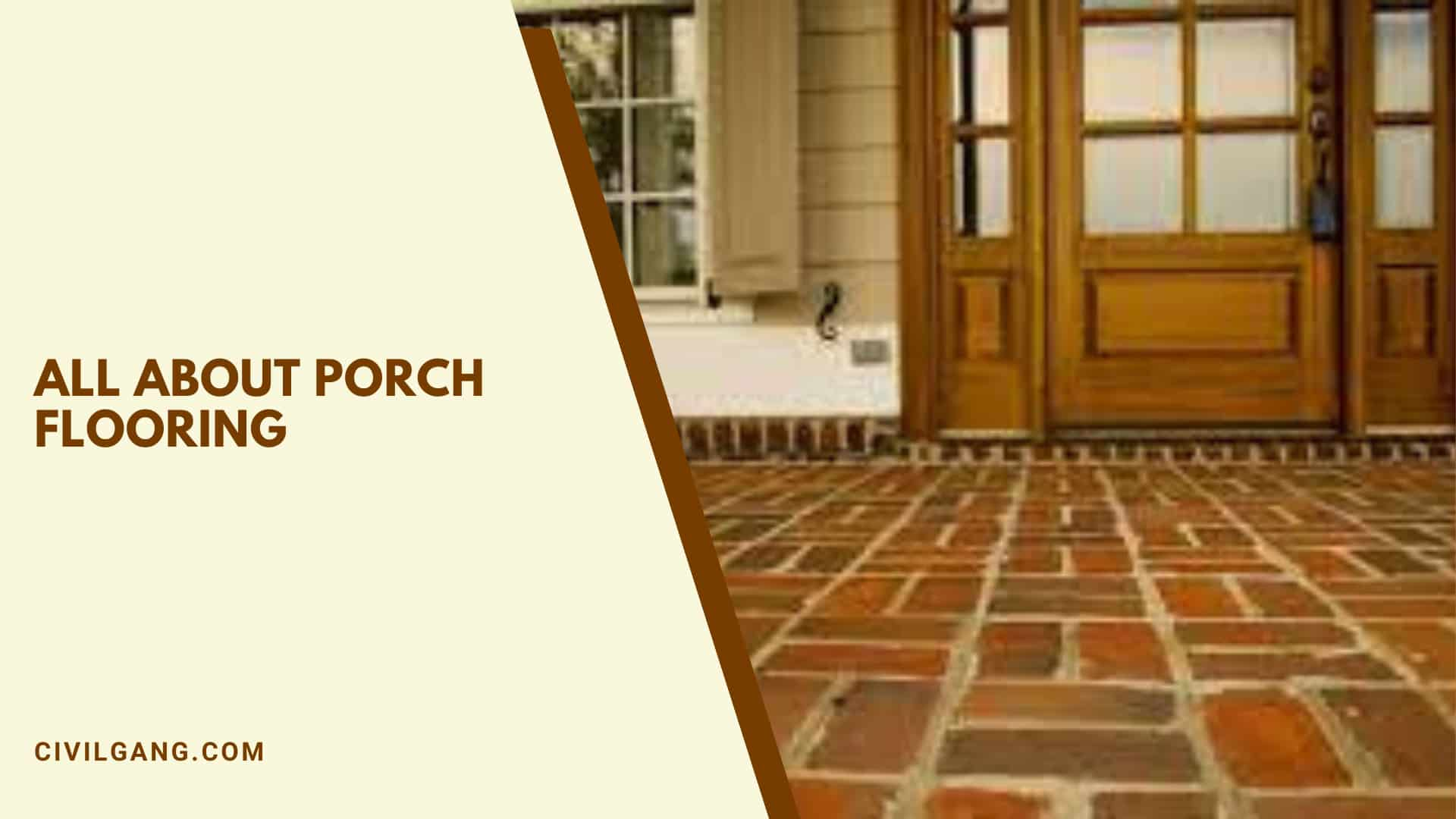

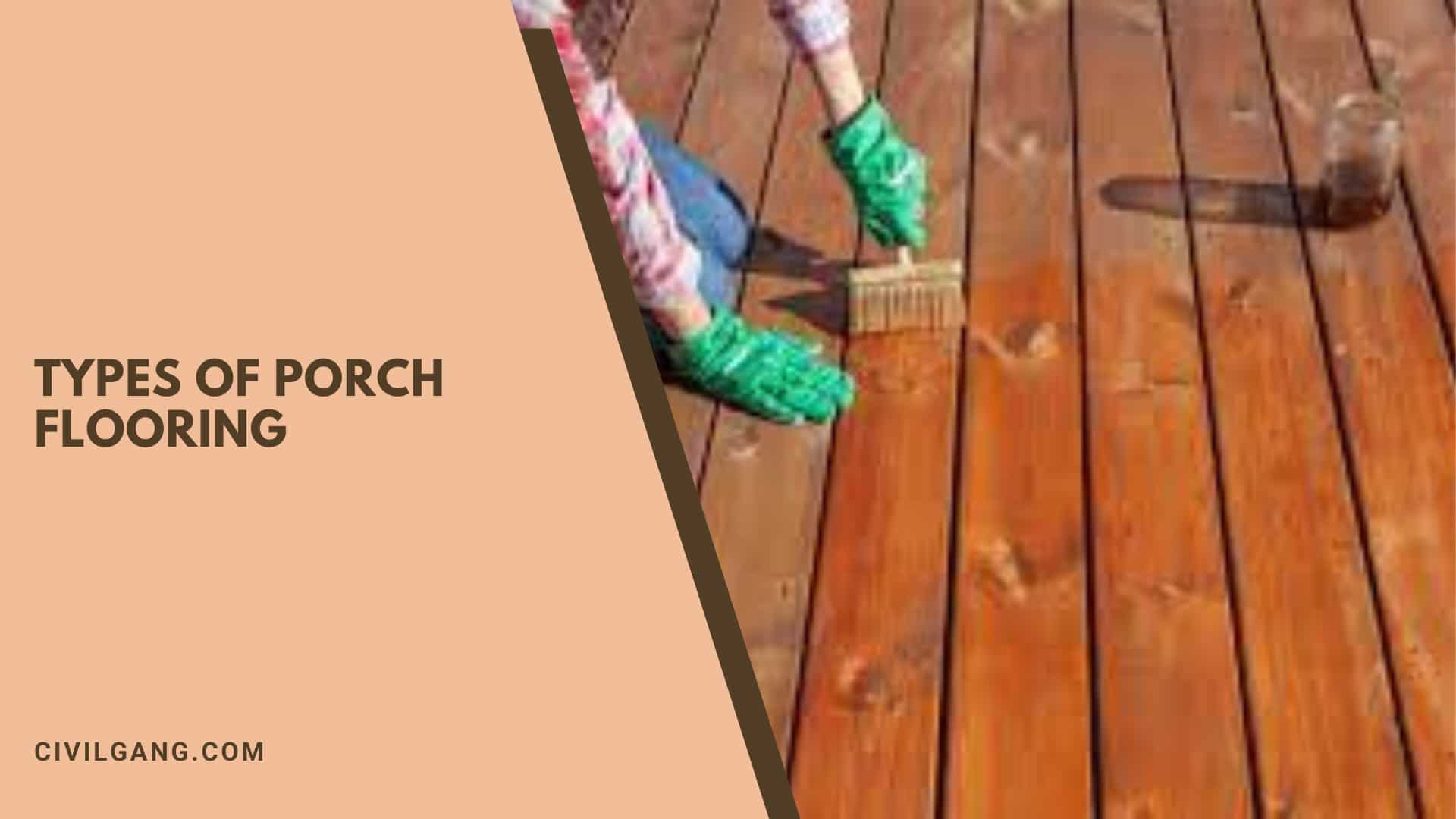
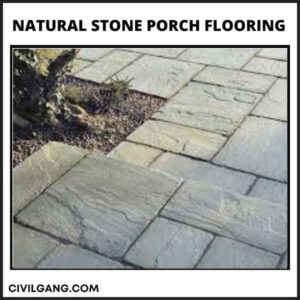

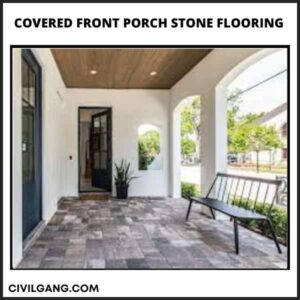
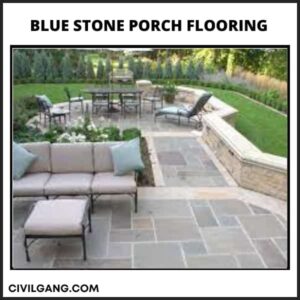


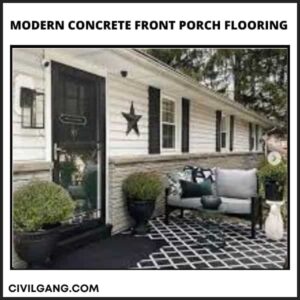
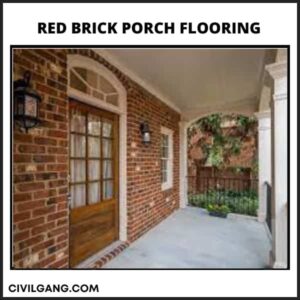
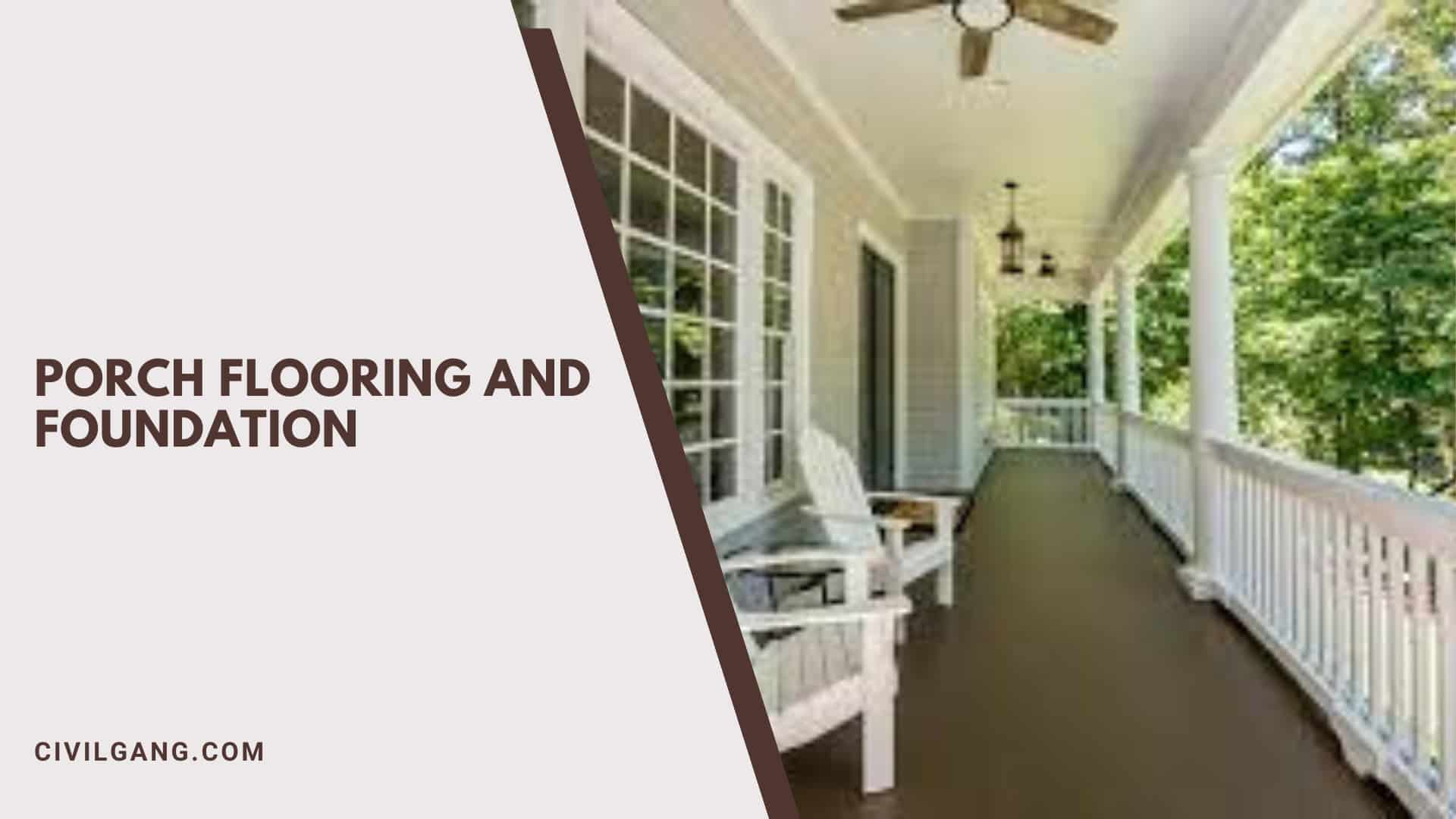
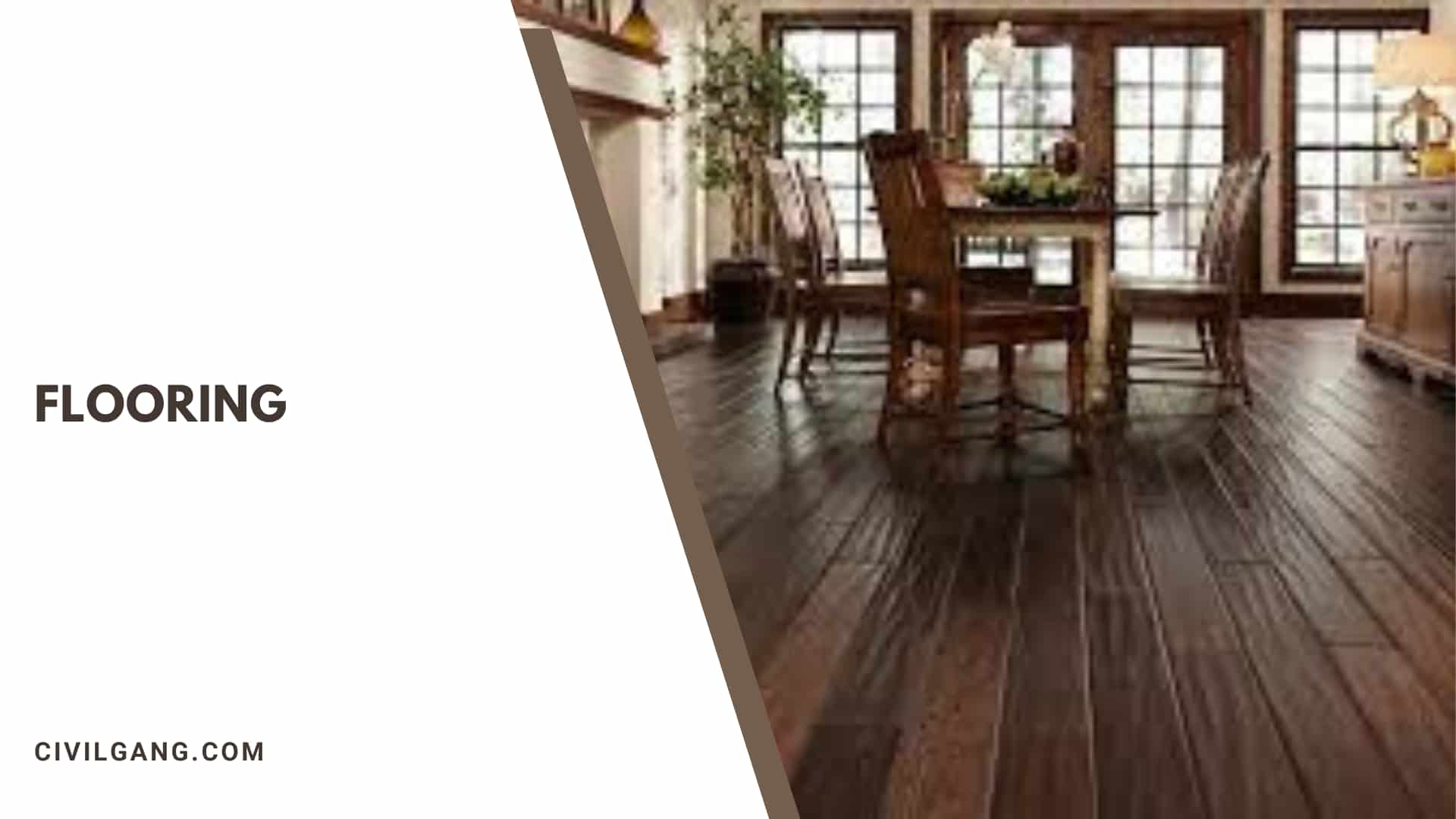
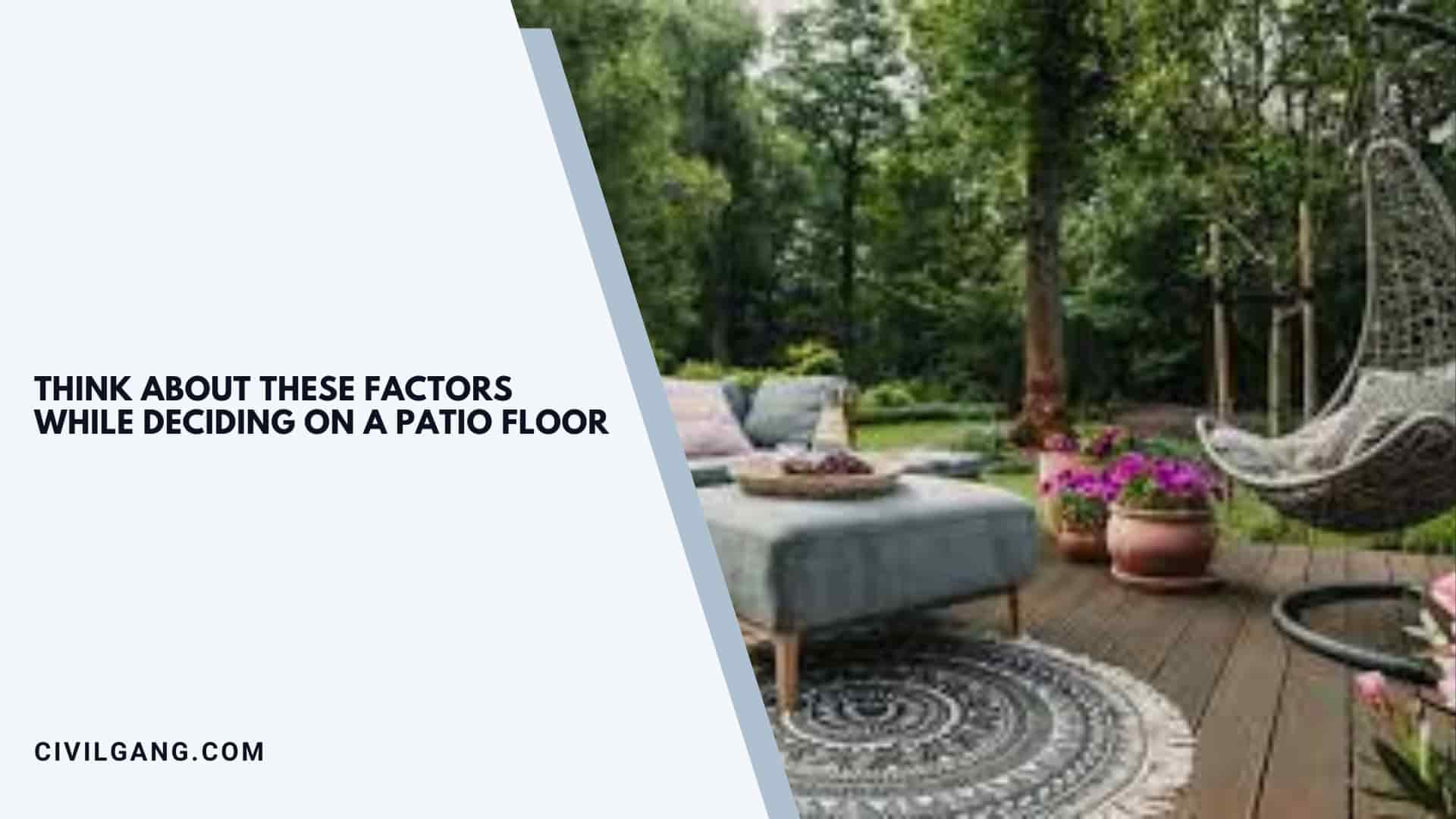
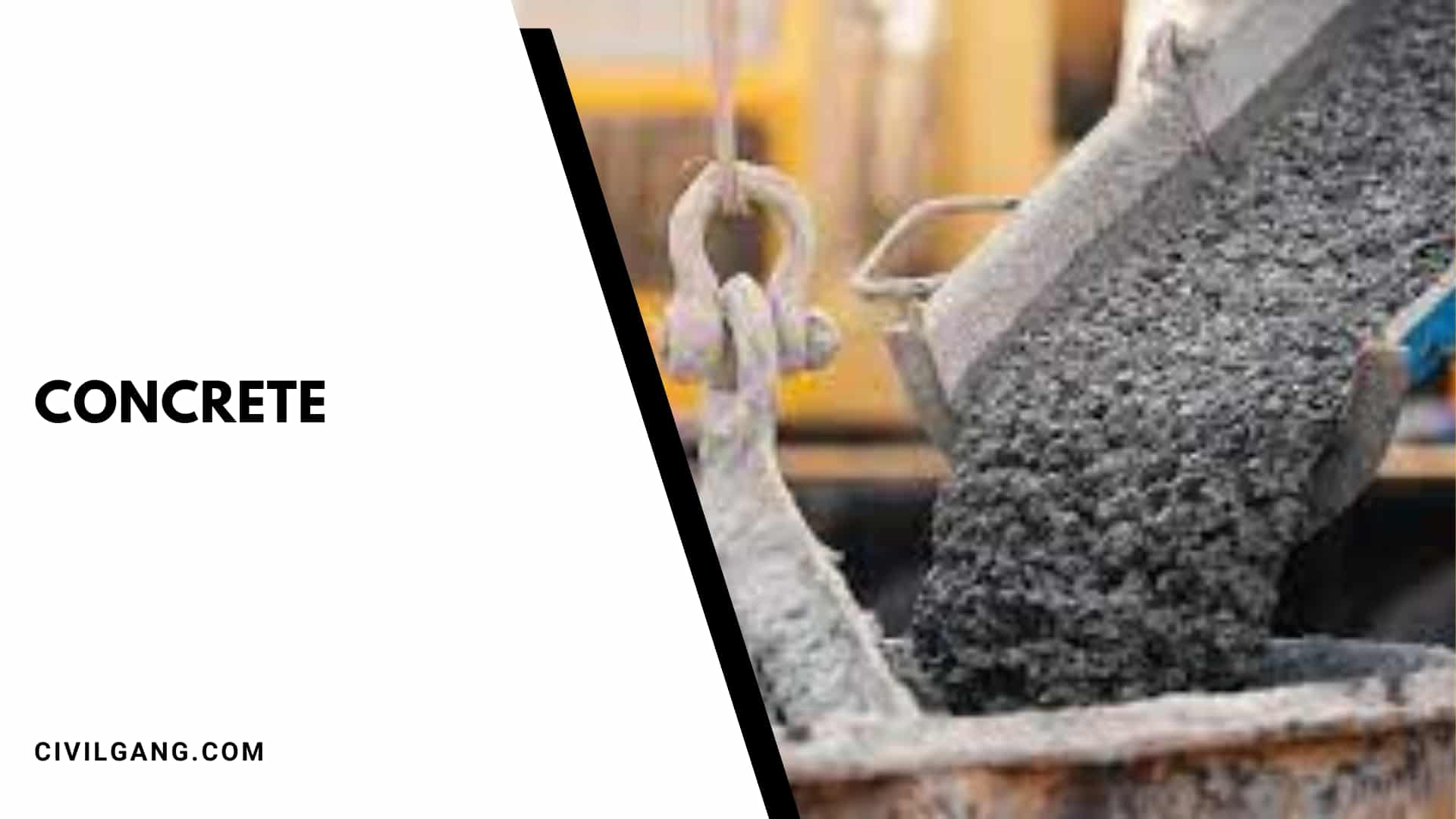
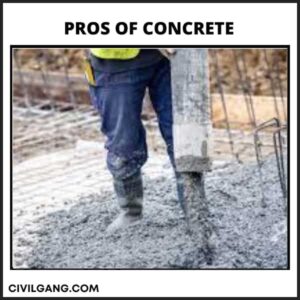
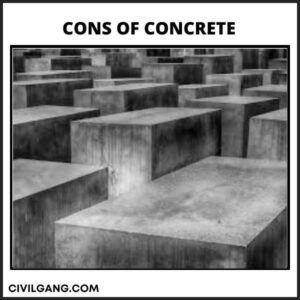
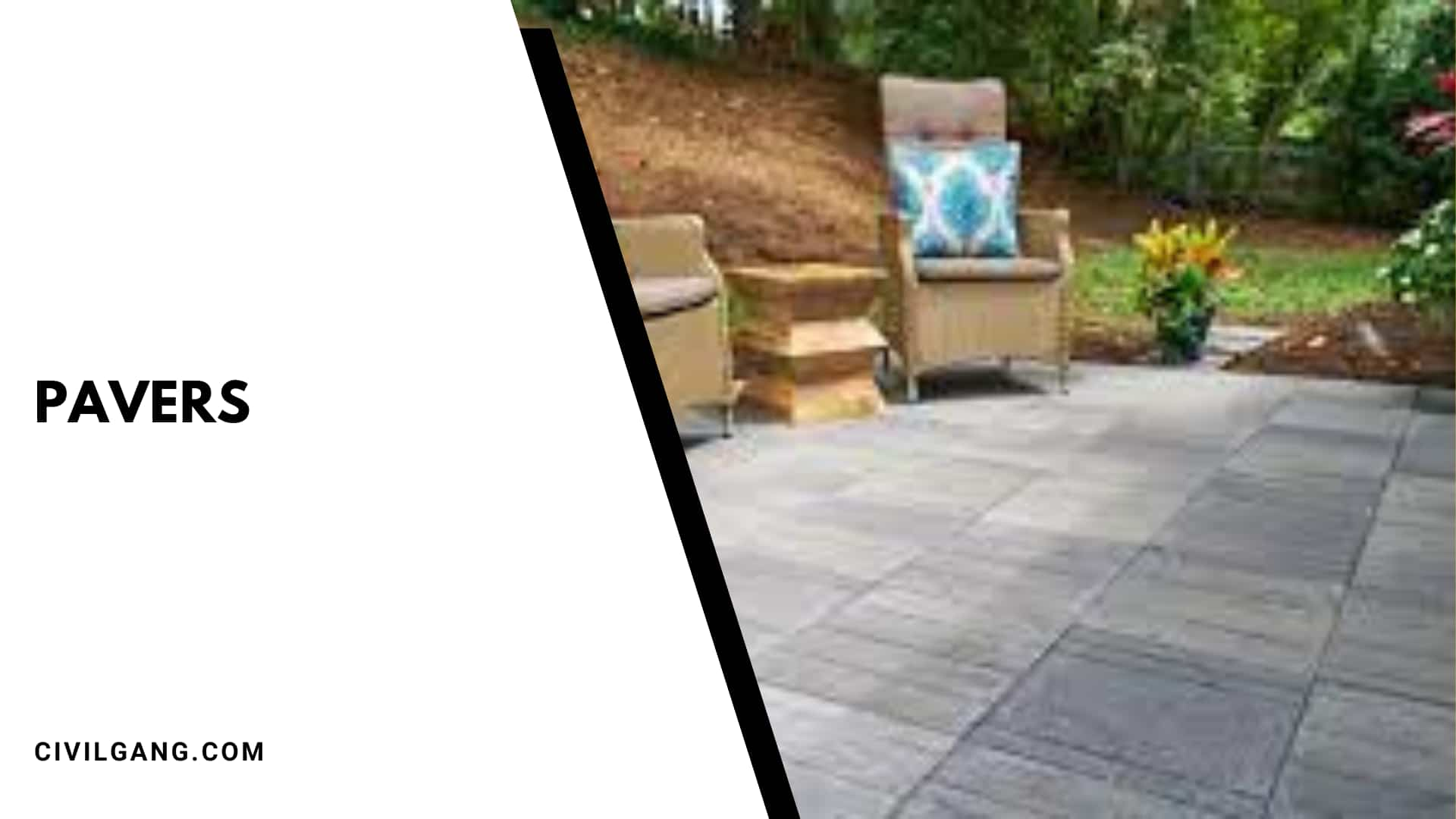

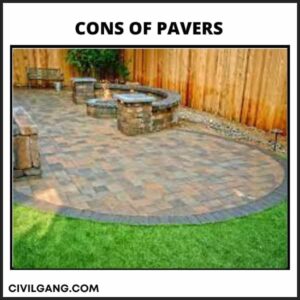
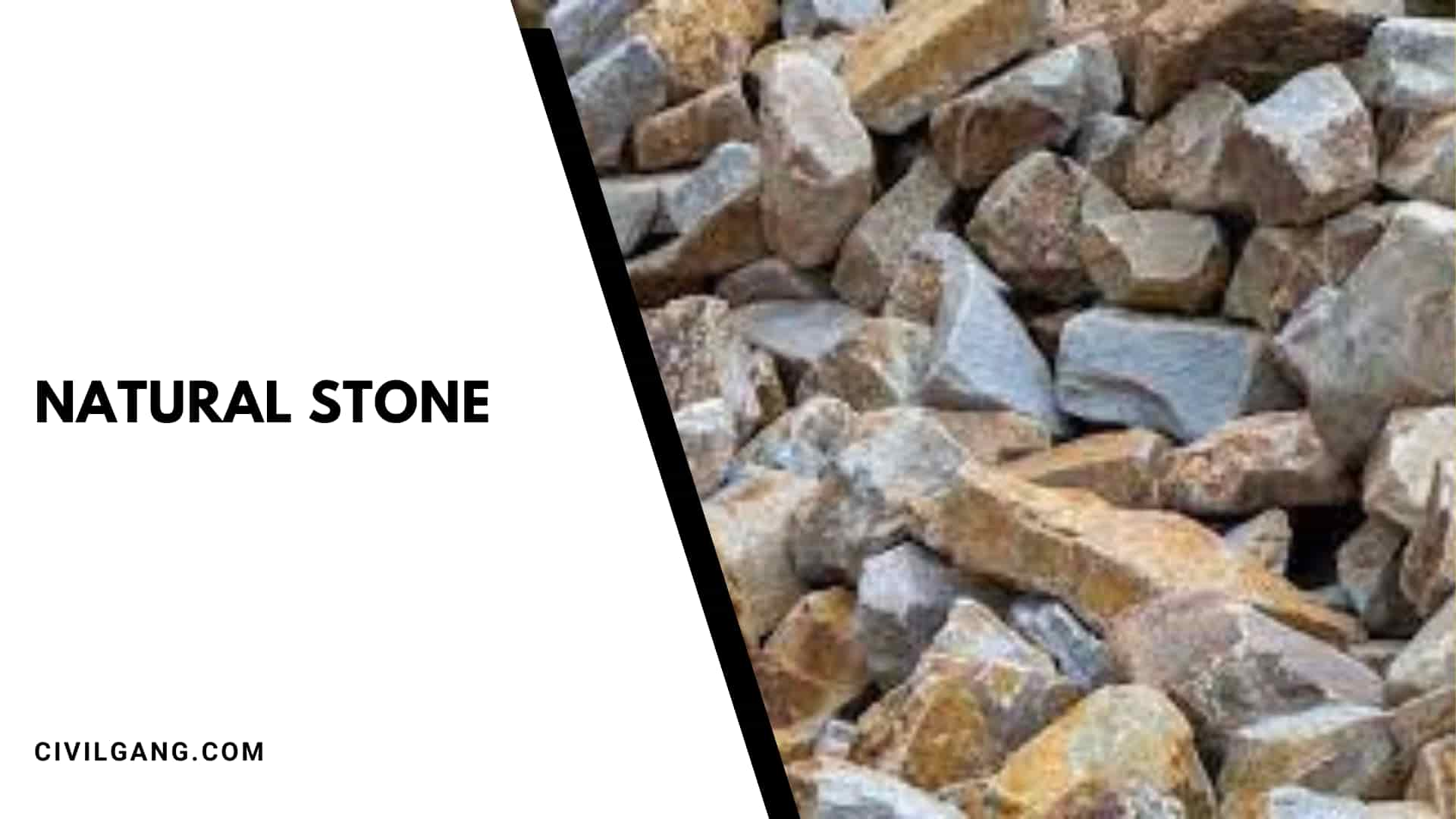
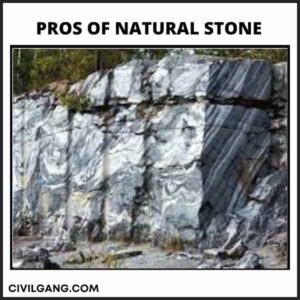
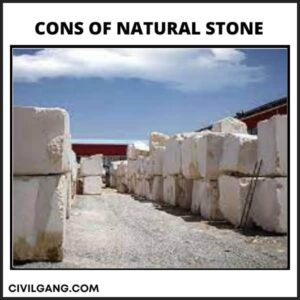
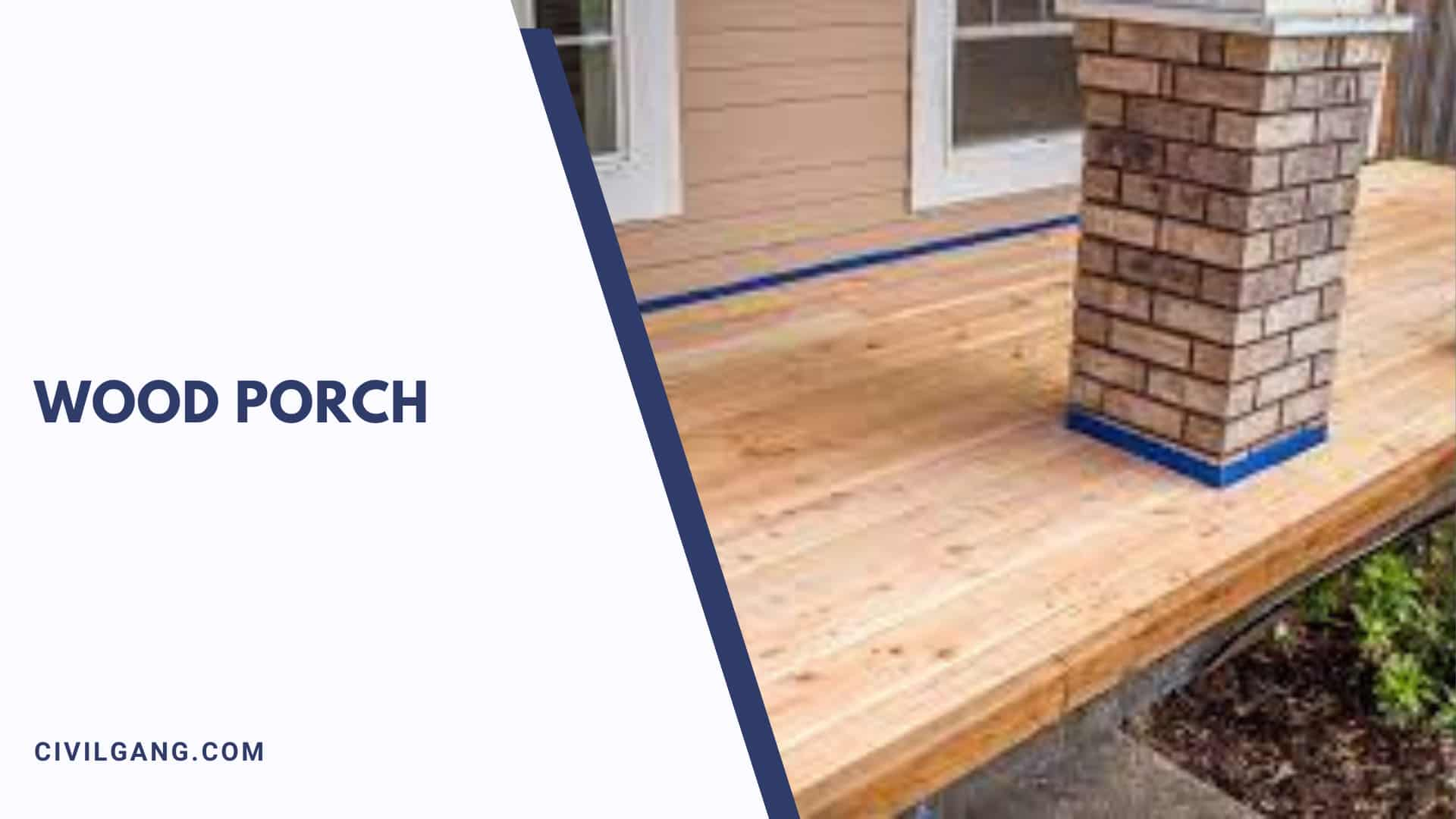
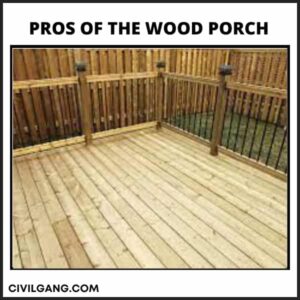
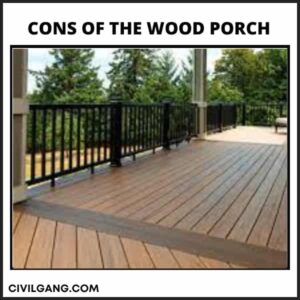
Leave a Reply